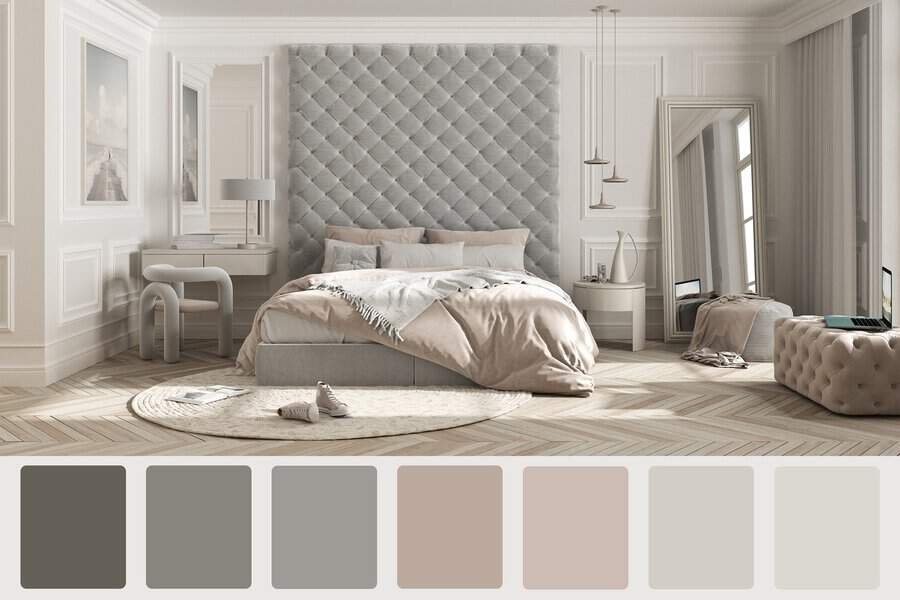
Neutral Color Palette Ideas for a Calm and Stylish Home
When it comes to creating a stylish and versatile home, nothing offers more flexibility than a well-chosen neutral color palette. These understated hues don’t just fade into the background; they set the stage for a cohesive, balanced space that can be as bold or as serene as you want. Whether you’re decorating a living room, bathroom, kitchen, or bedroom, neutrals provide the perfect foundation to build upon. Let’s dive into how these colors can transform every room in your home, offering endless design possibilities without overwhelming the senses.
1. Modern Chic Home
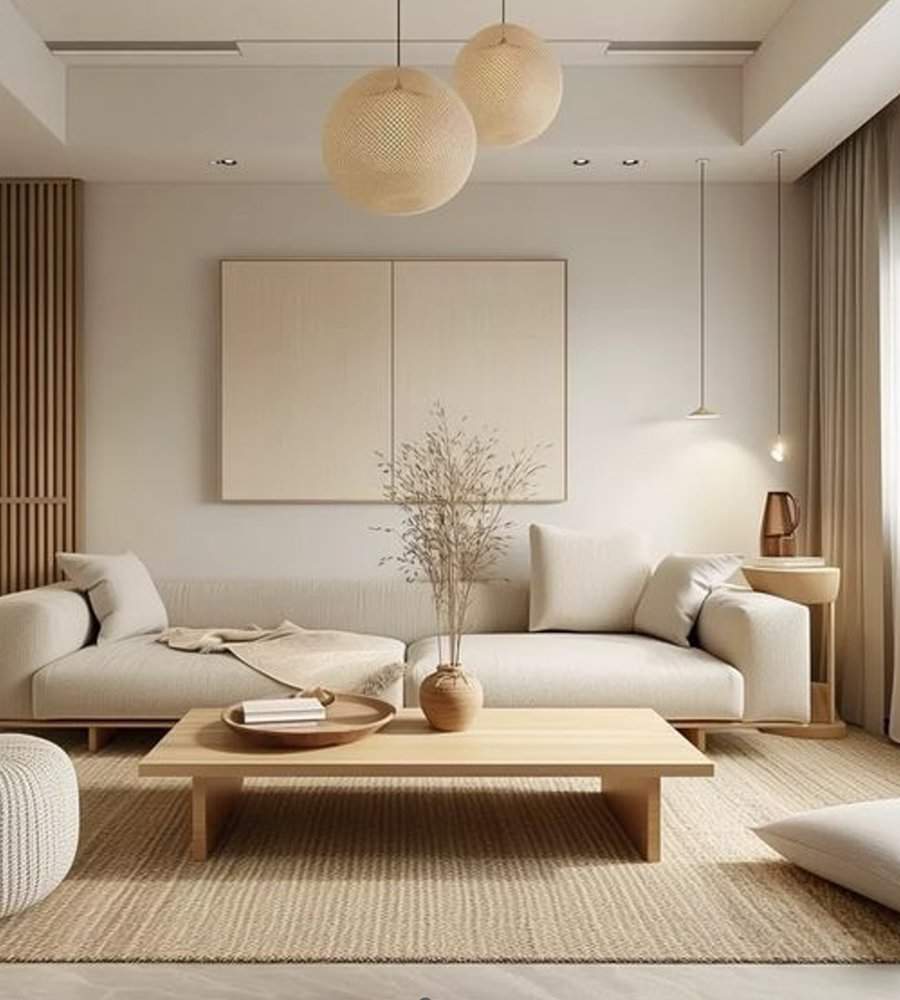

To achieve a chic and modern aesthetic, focus on layering shades of gray, beige, and taupe. These hues create a sophisticated backdrop that allows your furniture and decor to take center stage. Add subtle metallic accents, like brass or chrome, and choose materials with texture, such as velvet or linen, to give the room more depth while keeping the color palette restrained.
2. Cozy Living Room
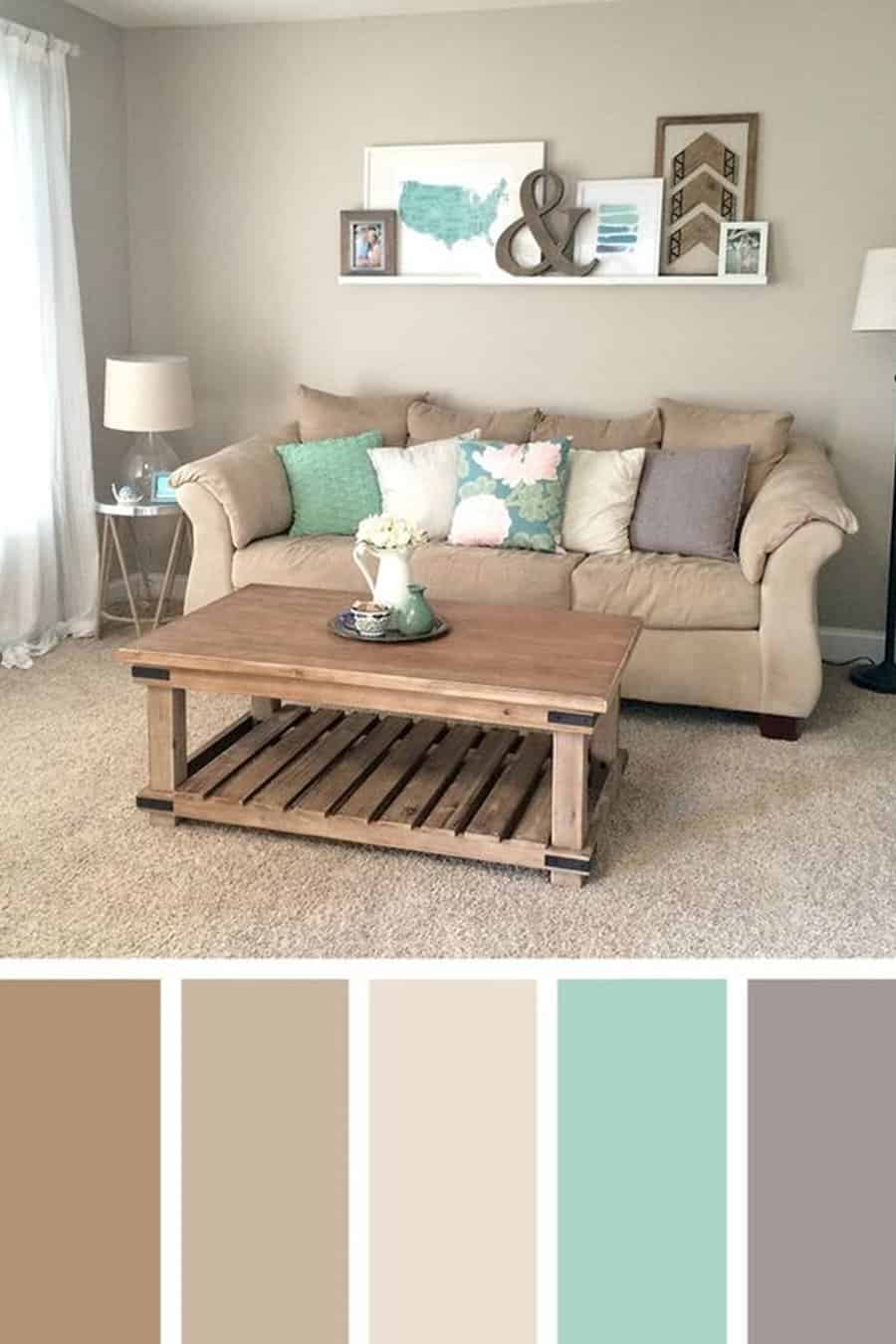
Warm neutral tones like cream, soft browns, and sandy beiges bring a cozy atmosphere to a living room. Mix in varying textures like chunky knit throws, leather accents, or wood furniture to prevent the space from feeling flat. Include a pop of color or darker neutral shades like charcoal or mocha to anchor the space.
3. Serene Bedroom Ideas

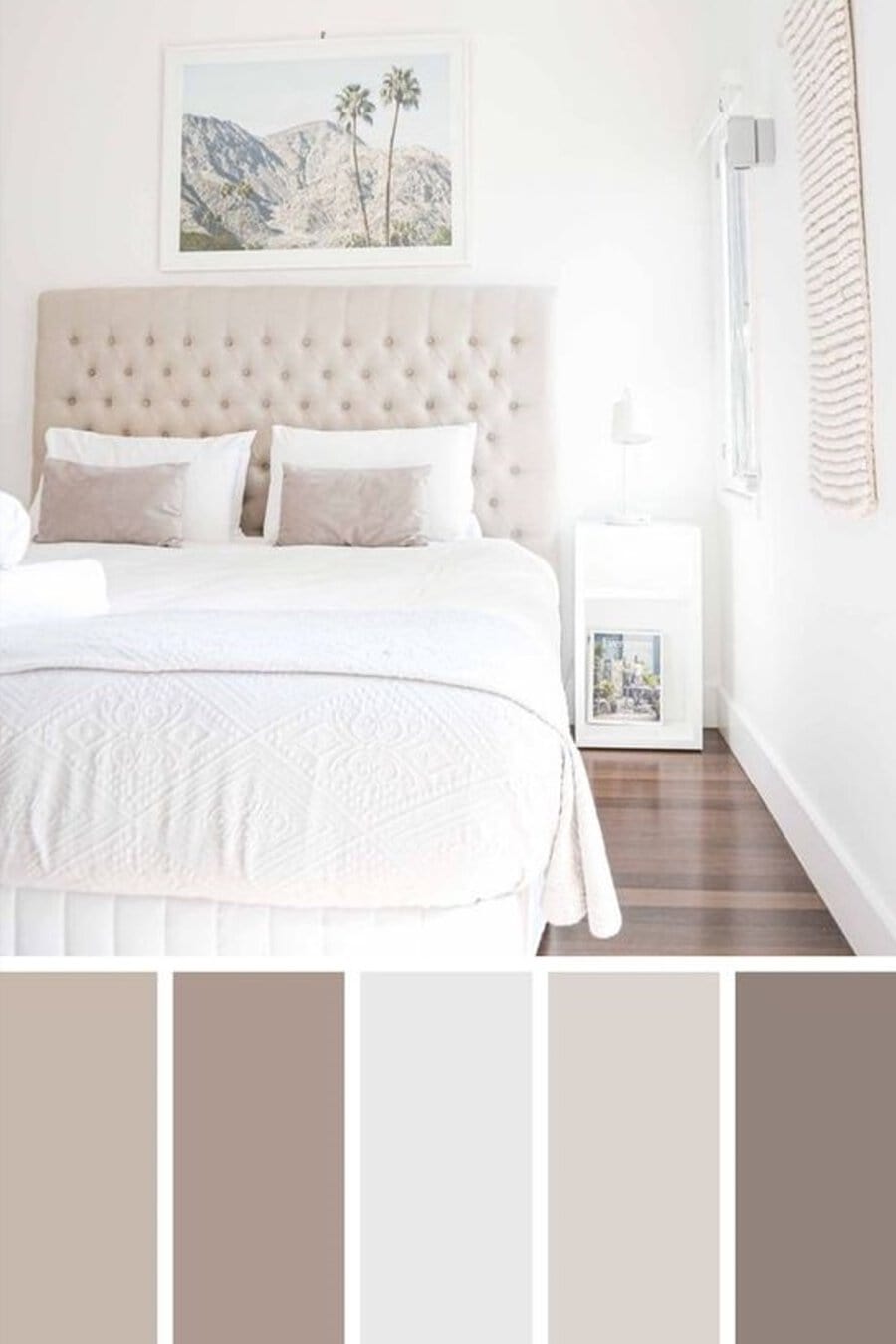
Use soft, calming neutrals such as muted grays, gentle beiges, or off-whites to create a peaceful bedroom retreat. These colors create a sense of tranquility. Pairing these colors with natural wood tones or soft fabrics like cotton or linen will make your bedroom feel even more comfortable. Here, the key is to keep the decor minimal so that the neutral palette can stand out.
4. Minimalist Design
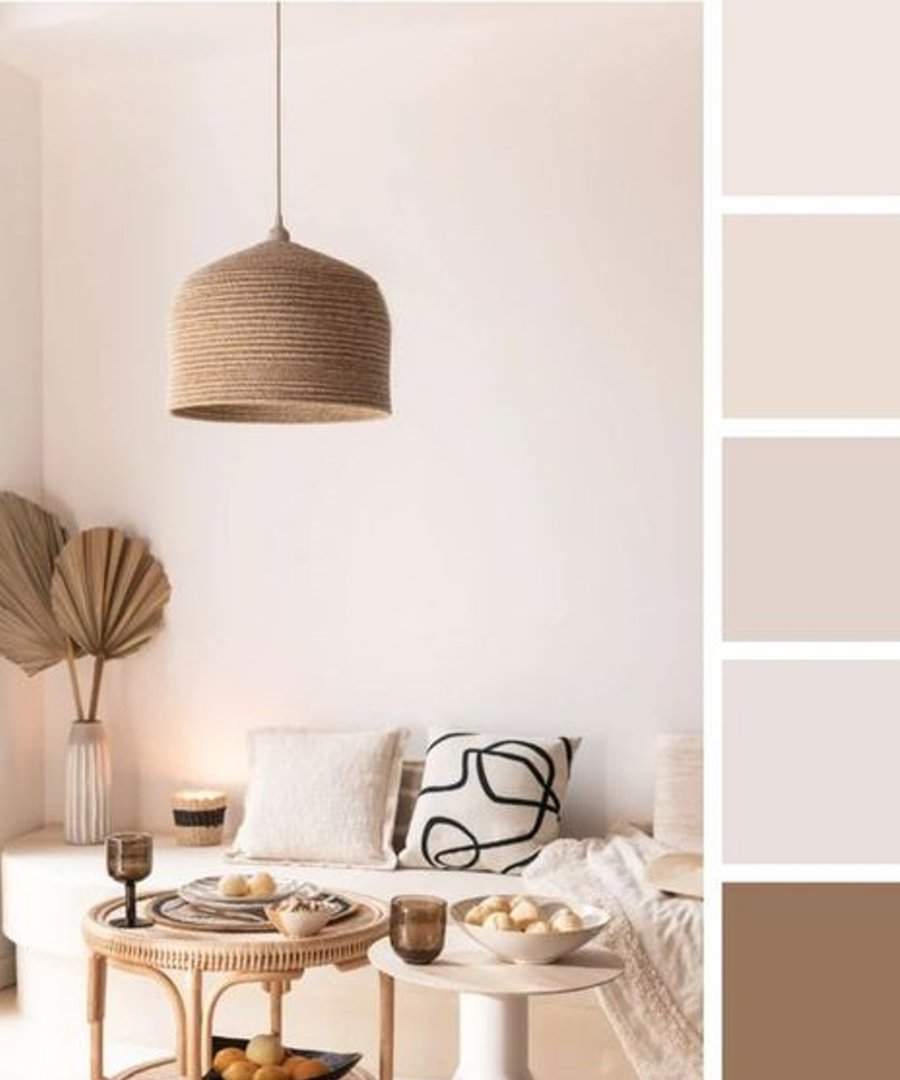


Neutral colors are the foundation for creating clean and open spaces. White, beige, and gray provide a blank canvas that lets architectural details and furniture shine. Using a monochromatic scheme helps maintain the minimalist aesthetic, but it’s crucial to include contrasting textures, such as matte and glossy finishes, to keep the design visually engaging. A few well-chosen accent pieces, like a black floor lamp or a glass coffee table, can add personality without clutter.
5. Relaxing Bathroom
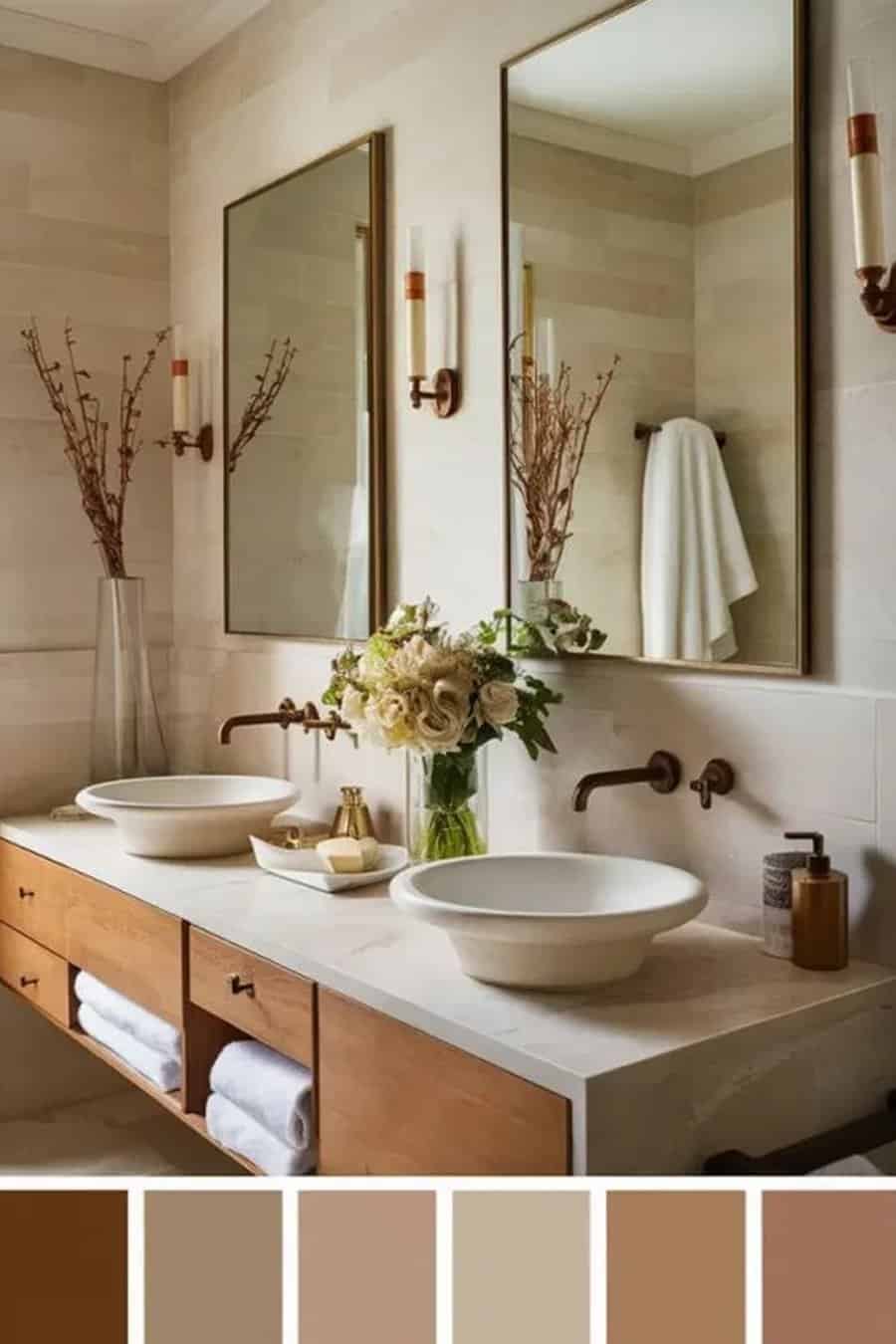
Neutral colors in a bathroom provide a spa-like atmosphere. Soft whites, light grays, and pale taupes create a clean, airy environment that feels luxurious without being too sterile. Consider using natural stone or tiles in these colors to give the bathroom an upscale look. Throw in a few minimal accessories, such as plants or glass containers.
6. Kitchen Transformations
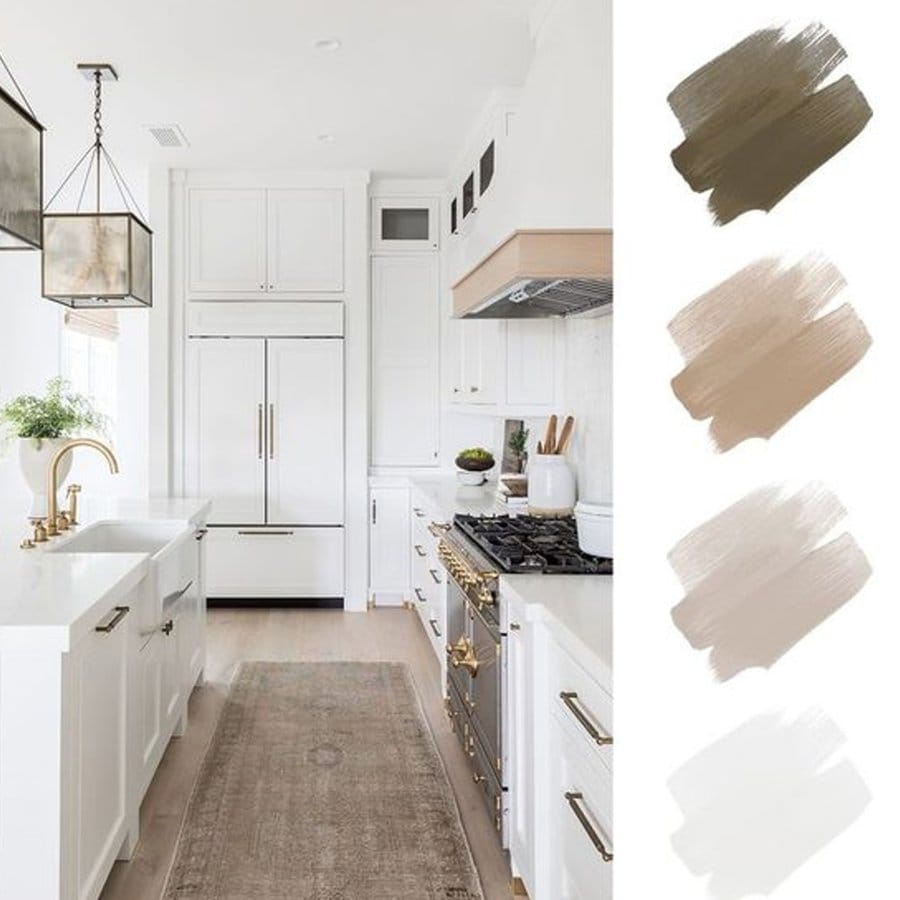
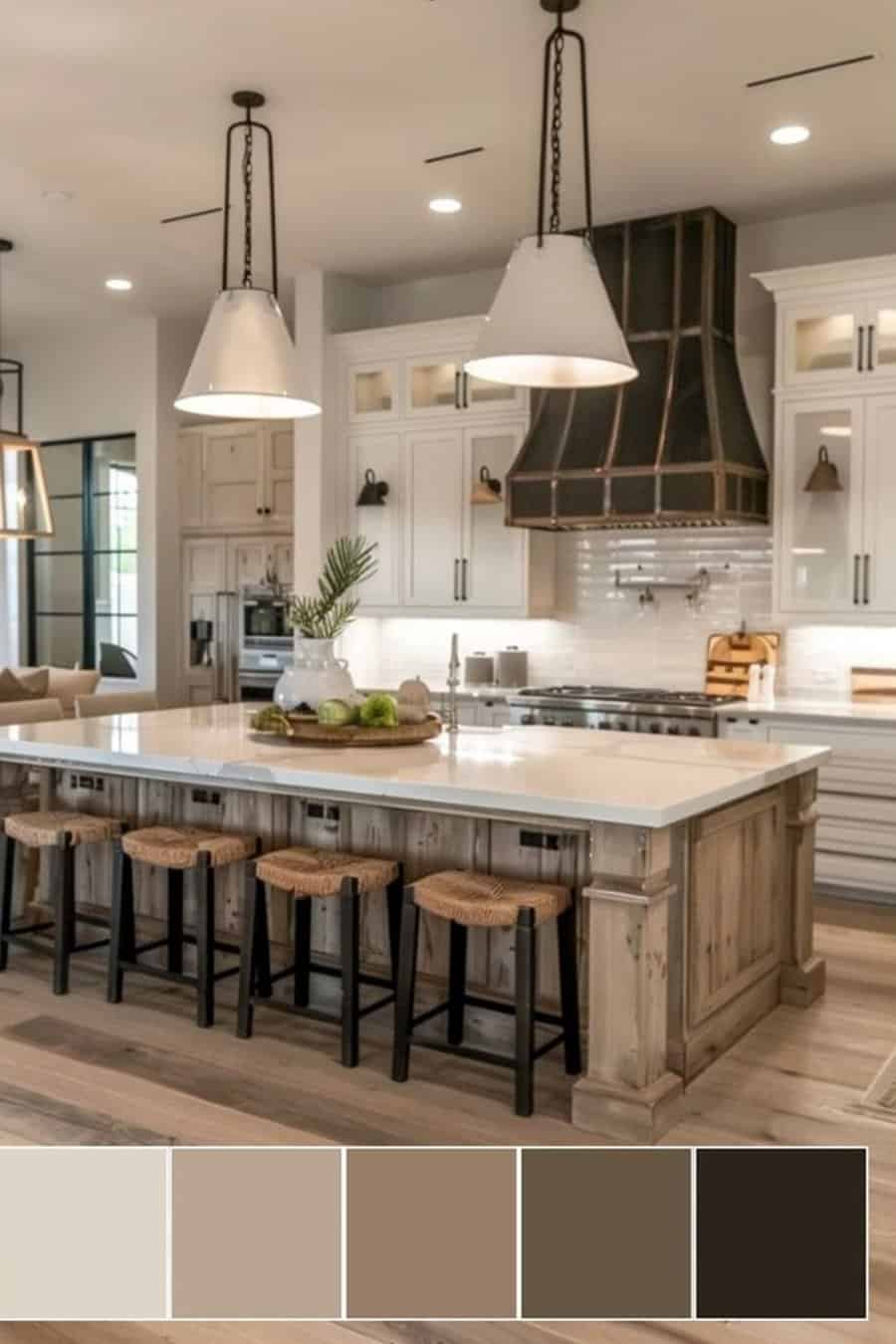
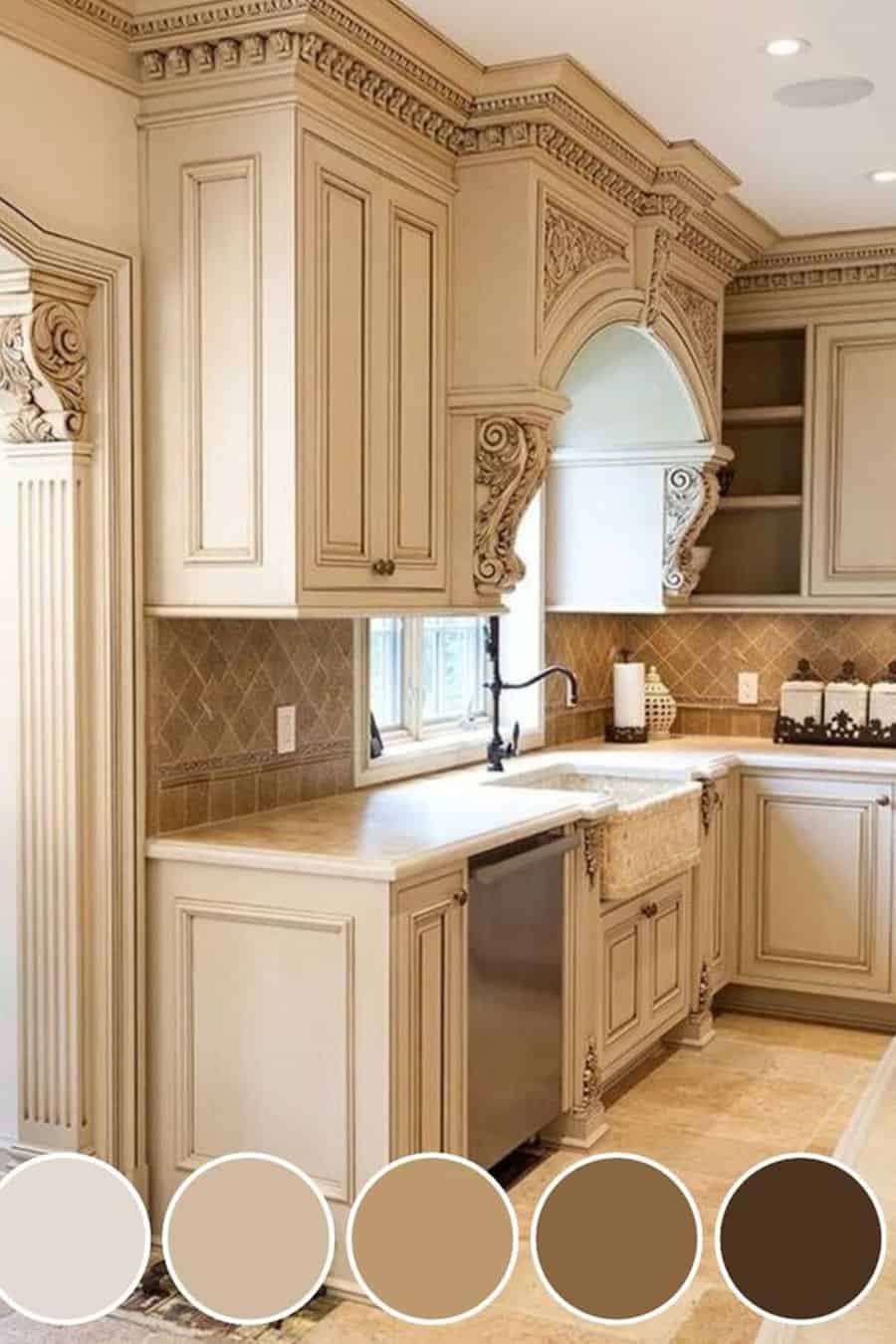
A neutral kitchen stands the test of time with classic shades of white, cream, and light gray. Adding matte black hardware or brushed nickel faucets can subtly contrast the neutrals. Open shelving with neutral-toned ceramics can give the kitchen a more contemporary and open feel. Natural materials like wood or stone complement neutral kitchens beautifully, adding warmth and texture. A monochromatic palette allows for subtle shifts in texture and material.
7. Balancing Warm and Cool Tones

Balancing warm and cool neutrals creates a more dynamic space. Use warm beiges or creams on the walls, then contrast them with cooler gray or charcoal accents in furniture and decor. This balance prevents the room from feeling too stark or too warm. Texture also plays a key role; consider combining smooth stone surfaces with plush fabric elements.
8. Open-Concept Living Spaces
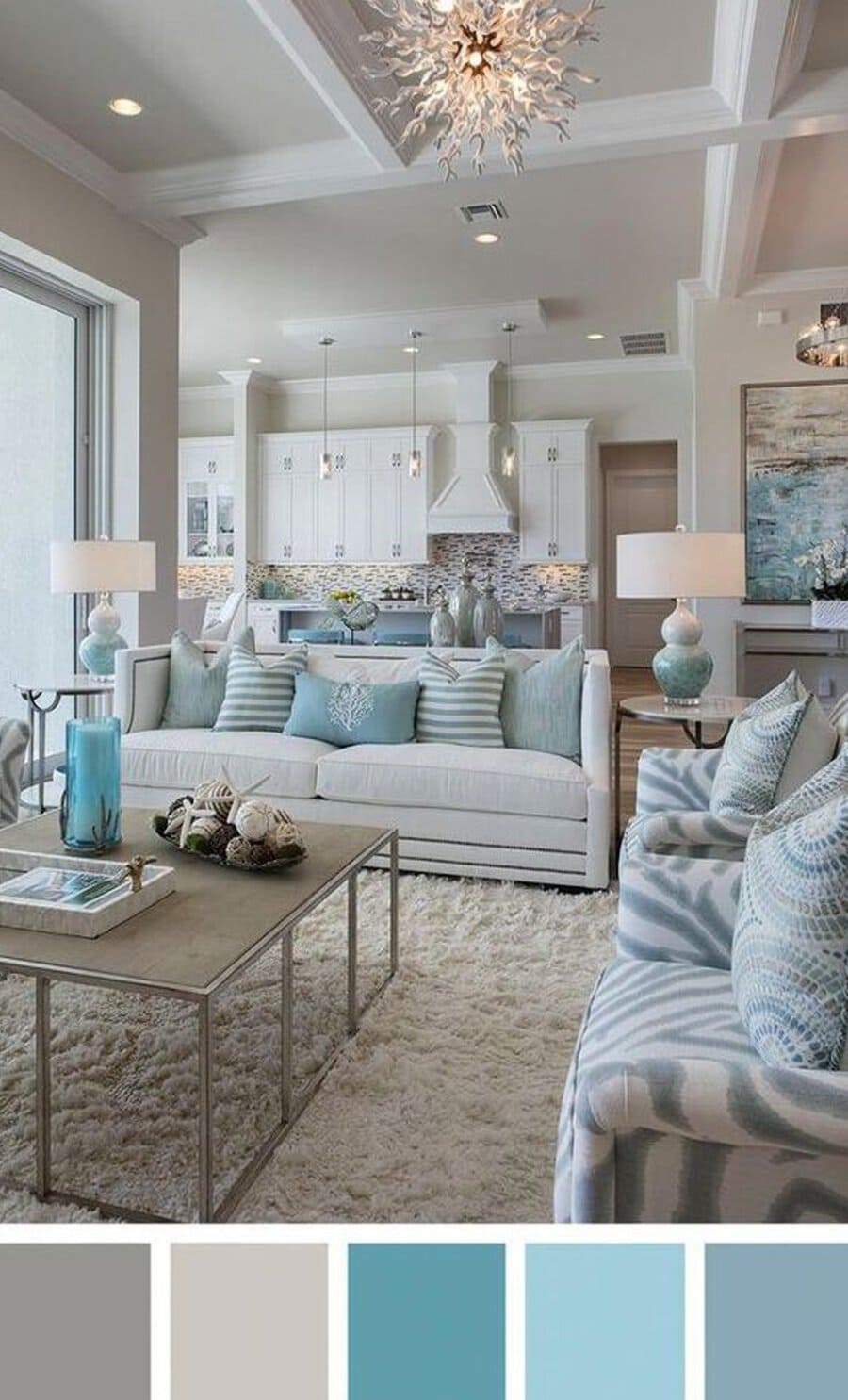
In open-concept spaces, neutral colors can tie different areas together without feeling disjointed. Use consistent shades like soft gray, beige, or white throughout the entire space while differentiating zones with varied textures or slight shifts in tone. For example, a lighter tone in the living area can be complemented by a slightly deeper neutral in the kitchen. Neutral furniture, such as a cream sofa or light wood dining table, helps maintain a cohesive flow.
9. Harmonizing Neutrals Across Your Home
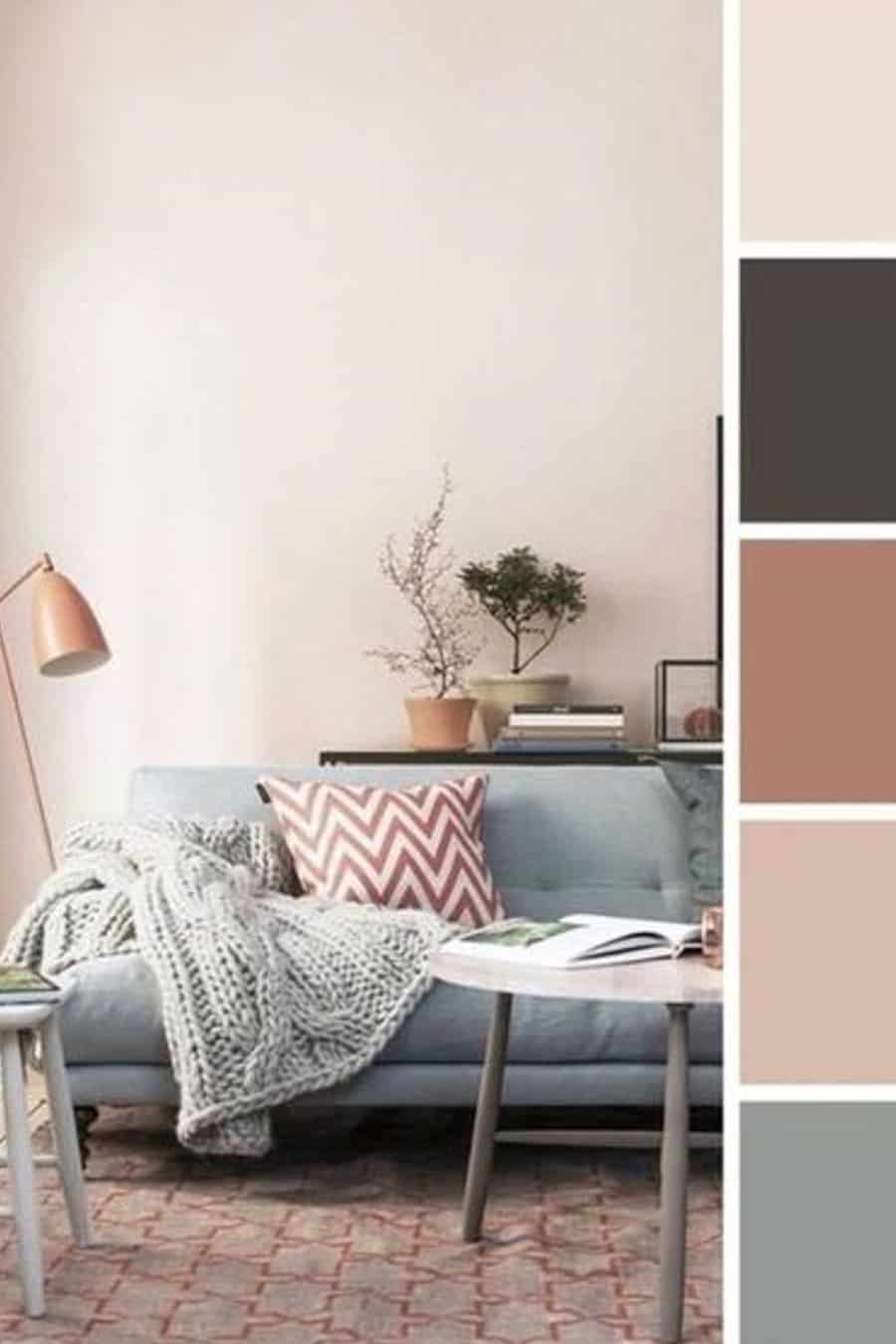
Consistency is key to maintaining a harmonious flow when working with neutral colors across different rooms. Stick to a common base palette of three to four neutral tones and allow slight variations in intensity from room to room. For example, a soft gray in the hallway can transition into a deeper taupe in the living room. Accessories, like throw pillows or rugs in complementary tones, help connect the spaces visually while maintaining individuality in each room.
10. Creating Depth in the Living Room
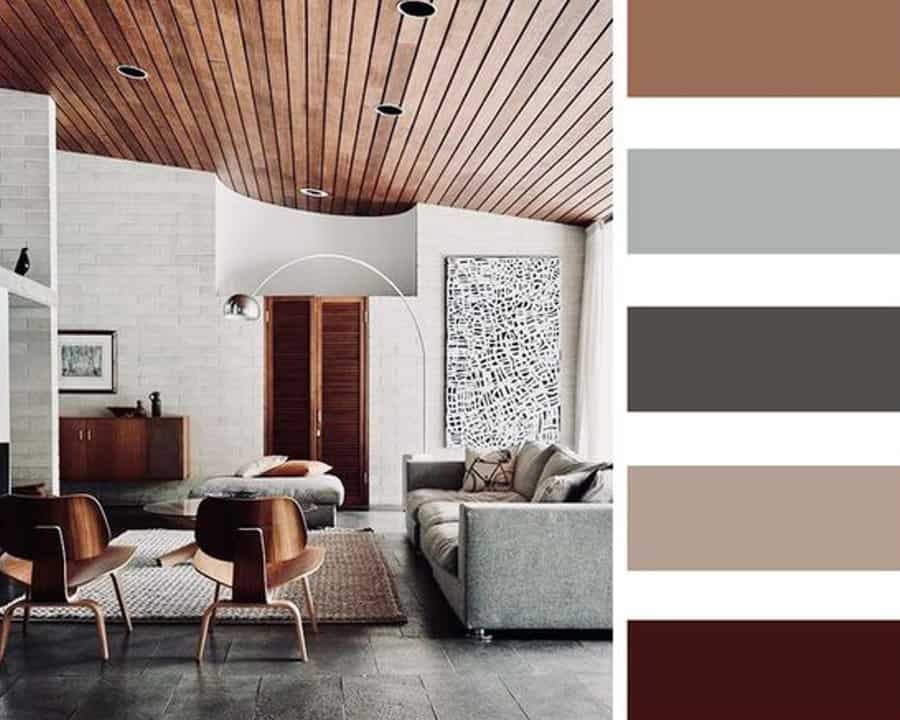
Creating depth with neutral tones requires strategic layering of colors. Start with a light, neutral base on the walls, like soft white or beige, then build on it with mid-tone neutrals in furniture, such as a gray sofa or taupe armchairs. Add depth by including darker accents in throw pillows, rugs, or wall art. The contrast between light and dark neutrals provides dimension and visual interest without straying from a monochromatic scheme.
11. Setting the Tone for Your Home

Neutral tones serve as the perfect foundation for your home’s overall aesthetic. Whether it’s warm off-whites or cool grays, these colors create an adaptable backdrop for various design styles. They allow you to change accents like pillows, rugs, or art without redoing the entire space. Neutrals also help your home feel cohesive, even if individual rooms have different decor themes.
12. Balanced Living Room Look

Neutral living rooms balance comfort and style by using a mix of soft tones and natural textures. Light gray or beige walls create a calming environment, while darker neutrals like charcoal or espresso in furniture or accessories provide contrast. Textiles like wool throws, linen curtains, or a jute rug introduce a cozy layer, ensuring the space feels balanced yet dynamic.
